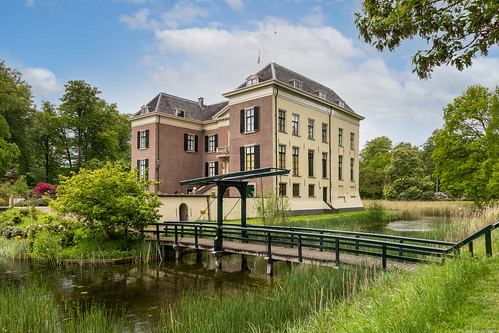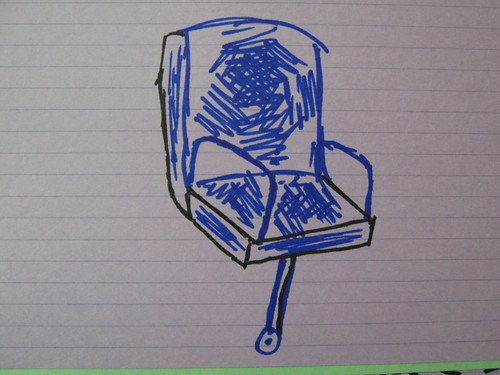
The last German Emperor, Wilhelm II, was born as Frederick Wilhelm Albert Victor in Potsdam on January 27 1859. Wilhelm was the eldest son of Frederick III and his wife Victoria of Saxe-Coburg and Gotha, daughter of the British Queen Victoria. He was a grandson of Emperor Wilhelm I through his father’s side and a grandson of the English Queen Victoria through his mother’s side. Wilhelm II was the German Emperor (Kaiser) and King of Prussia from 15 June 1888 to 9 November 1918.
Wilhelm II had a difficult childhood because of a disability; his left arm was as good as paralysed and remained behind in growth. Despite his disability, Wilhelm learnt to horse ride and could shoot quite well. Wilhelm II attended the gymnasium in Kassel and studied history and law at the University of Bonn. After this, he held several positions in the army.
In 1881, he married Princess Auguste Viktoria of Schleswig-Holstein-Sonderburg-Augustenburg (1858-1921). The couple had seven children: six sons and a daughter. In 1888, Wilhelm II succeeded his father as King of Prussia and German Emperor.
He was a headstrong and authoritarian individual and wanted to lead and influence the government of the German Empire. For example, soon after his coronation he dismissed the dominant chancellor Otto von Bismarck. However, during the second half of his reign his influence declined whilst that of the parliament and the army increased. This was evident during the First World War when generals such as Paul von Hindenburg, Erich von Falkenhayn, Ludwig von Falkenhausen, Erich Ludendorff and Hans von Plessen made the important decisions. Although the Emperor was the ‘Oberster Kriegsherr’ (highest in rank in the army), to his frustration he was not involved in decision-making and, in most cases, only informed in retrospect.
The German defeat in the First World War, (1 August 1914 to 11 November 1918) marked a big change for Wilhelm II. His military advisors suggested he flee to the neutral Netherlands where he lived first for two years in Amerongen and, thereafter, until his death in 1941 in Doorn.
His wife Auguste Victoria joined him in the first years of exile but died soon after in 1921. A year after her death, he married again to the widow Princess Hermine von Schönaich-Carolath, born Princess Reuss.
The children of Wilhelm II and Auguste Victoria and their families continued to live and work in Germany. The children of Hermine regularly came over for extended periods of time to Doorn.
In Doorn, Wilhelm II mainly spent his time working in his garden and estate, taking walks through the park and the village with his wife and dog, studing archaeology and history and writing his memoirs. Together with his ‘House Ministers’ he took care of the possessions he still had in Germany. The diary of his aide, Von Ilsemann, gives a good impression of the life of the Emperor in Doorn.
Wilhelm II died in 1941 of a pulmonary embolism. In accordance with his last will his bodily remains have been laid to rest in a mausoleum on the estate.
Posted by jan.vd.wolf on 2021-05-24 17:42:34
Tagged: , Huize Doorn , Castle , Netherlands , Dutch , Buidling , Architecture , German Emperor , House Doorn , Willem II , Bridge







